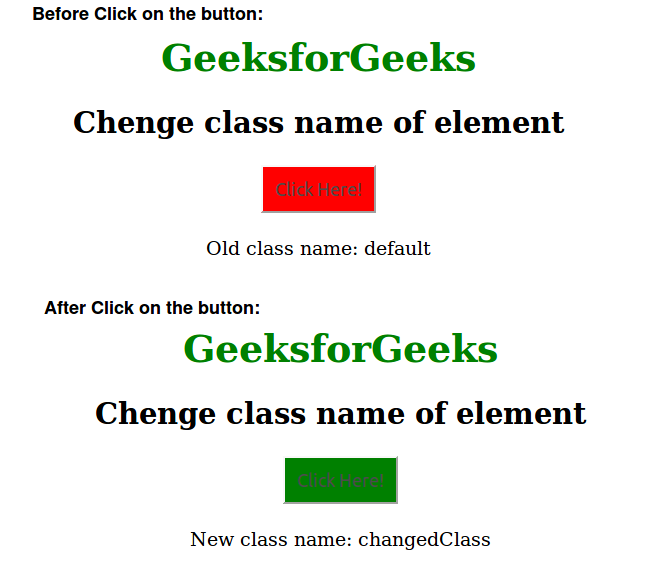
In simple examples of MVVM, such as those shown here, often there is no model at all, and the pattern involves just a view and viewmodel linked with data bindings. However, often you tailor the types exposed by the viewmodel to the types associated with the UI. In MVVM, a model is ignorant of the viewmodel, and a viewmodel is ignorant of the view. The view is often a XAML file that references properties defined in the viewmodel through data bindings. When thinking in terms of MVVM, the model and viewmodel are classes written entirely in code. NET MAUI apps when data binding from properties between visual objects and the underlying data. The MVVM pattern is a natural choice for.

However, the problem is that the date and time are set once when the page is constructed and initialized, and never change.Ī XAML page can display a clock that always shows the current time, but it requires additional code. This means that all the children of the StackLayout have the same BindingContext, and they can contain bindings to properties of that object: When you set the BindingContext on an element, it is inherited by all the children of that element. In this example, the retrieved DateTime value is set as the BindingContext on a StackLayout. The following example uses the x:Static markup extension to obtain the current date and time from the static DateTime.Now property in the System namespace:
#GET ELEMENTS BY CLASS HOW TO#
In XAML markup extensions you saw how to define a new XML namespace declaration to allow a XAML file to reference classes in other assemblies. NET MAUI's binding engine bringing the updates to the UI thread.
#GET ELEMENTS BY CLASS UPDATE#
When using MVVM this enables you to update data-bound viewmodel properties from any thread, with. ntains(elemB) returns true if elemB is inside elemA (a descendant of elemA) or when elemA=elemB.NET Multi-platform App UI (.NET MAUI) marshals binding updates to the UI thread.The elem itself is also checked.Īnd let’s mention one more method here to check for the child-parent relationship, as it’s sometimes useful: There is elem.closest(css) to look for the nearest ancestor that matches the given CSS-selector.There is elem.matches(css) to check if elem matches the given CSS selector.

There are 6 main methods to search for nodes in DOM: Methodīy far the most used are querySelector and querySelectorAll, but getElement(s)By* can be sporadically helpful or found in the old scripts. The static collection did not increase after the appearance of a new div in the document. Let divs = document.querySelectorAll('div') document.getElementsByName(name) returns elements with the given name attribute, document-wide.elem.getElementsB圜lassName(className) returns elements that have the given CSS class.The tag parameter can also be a star "*" for “any tags”. elem.getElementsByTagName(tag) looks for elements with the given tag and returns the collection of them.So here we cover them mainly for completeness, while you can still find them in the old scripts. Today, they are mostly history, as querySelector is more powerful and shorter to write.

There are also other methods to look for nodes by a tag, class, etc. Let chapter = document.querySelector('.chapter') // LIĪlert(chapter.closest('.contents')) // DIVĪlert(chapter.closest('h1')) // null (because h1 is not an ancestor)


 0 kommentar(er)
0 kommentar(er)
